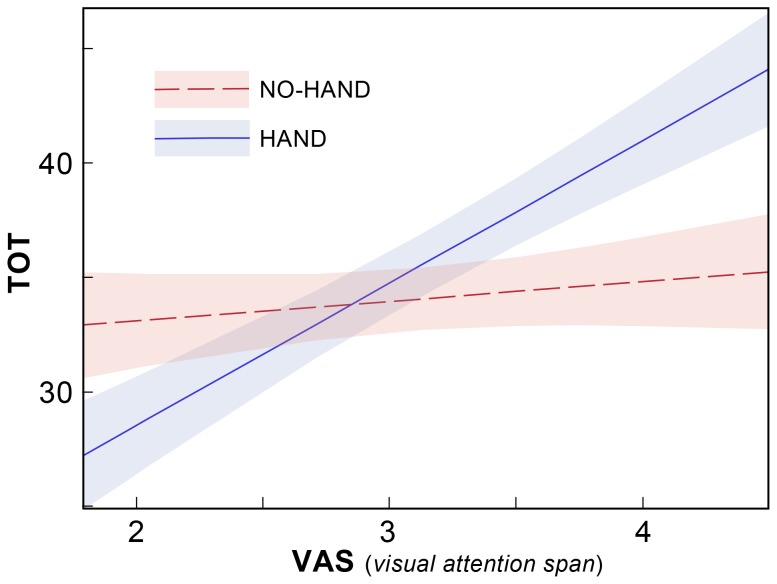Figure 6. Holding the device in the hand alters erratic reading patterns.
The observed interaction of Hand and global report (VAS) is plotted for TOT, the number of fixations that depart from efficient reading. A significant interaction of Hand*VAS was observed when TOT was taken as the dependent variable. Here, the TOT is shown as a function of VAS, the number of letters correctly identified on a six-letter global report paradigm. The NO-HAND condition is indicated in red, and HAND is indicated in blue. The figure shows that those with high scores on the global report task make more TOT errors when the device is held in the hand than when they do not hold it, while the reverse is true for those with low scores. When the hand is placed in the lap, variation in VAS makes little difference. (The colored shading indicates a confidence interval for this interaction, defined by a +/−1-sigma within-subjects standard error of the mean [72]. The graph is based on the POD and SPACED conditions.)

